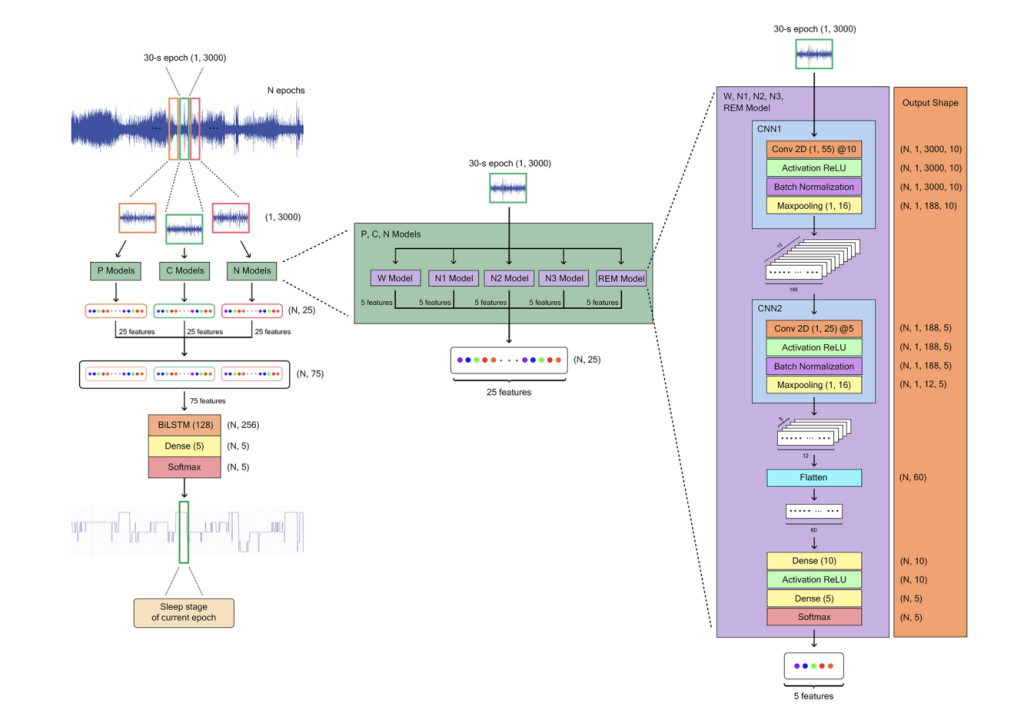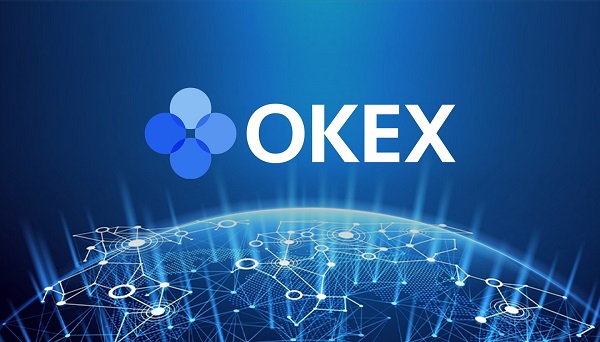Sleep studies have long been vital to understanding human health, providing insights into how rest affects mental and physical well-being. Polysomnography, which is the standard for diagnosing sleep disorders, utilizes an array of sensors to measure signals during sleep, such as brain waves (EEG), eye movements (EOG), and muscle activity (EMG). Despite its importance, the traditional approach to analyzing these data, manual sleep stage classification, is labor-intensive and prone to inconsistencies due to human error.
Researchers have turned to automated methods to improve accuracy and reduce the burden on sleep technicians. Current computerized systems employ machine learning techniques, from shallow learning that relies on hand-crafted features to more advanced deep learning models that extract features directly from raw EEG data. These technologies aim to mimic the precision of human analysts while surpassing their speed and endurance.
Researchers from Mahidol University introduced a breakthrough known as ZleepAnlystNet, which presents a sophisticated deep-learning framework designed specifically for sleep stage classification. This model utilizes a ‘separating training’ method, where individual components are trained separately to enhance their specific abilities to recognize sleep stages. The system incorporates fifteen convolutional neural networks (CNNs) for feature extraction, each tailored to capture different aspects of the EEG signals and a bidirectional long-short-term memory (BiLSTM) network for sequence classification.
The efficacy of ZleepAnlystNet is notable, with the model achieving an overall accuracy of 87.02%, a macro F1 score (MF1) of 82.09%, and a kappa coefficient of 0.8221, indicating excellent agreement with standard sleep stage scoring. This performance significantly improved over previous models, which often struggled with specific stages like N1, where ZleepAnlystNet manages a per-class F1 score of 54.23%. The model’s ability to consistently identify other stages like Wake (W), N2, N3, and rapid eye movement (REM) with F1 scores of 90.34%, 89.53%, 88.96%, and 87.40% respectively, also stands out.
Cross-dataset validation further illustrates the model’s robustness, showing strong performance metrics even when applied to external datasets, demonstrating its potential for widespread clinical use. The training approach, which isolates and optimizes different model components, has proven crucial in achieving these results. This method also allows for precise adjustments to the model’s architecture, ensuring each part performs optimally without compromising the system’s overall effectiveness.
In conclusion, ZleepAnlystNet represents an advancement in sleep research, offering a powerful tool for accurately and efficiently classifying sleep stages. Its development marks a step forward in the automation of sleep analysis and sets a new standard for integrating deep learning technologies in medical diagnostics. By reducing dependency on manual scoring and increasing reliability, this model paves the way for better understanding and treatment of sleep-related disorders, promising to profoundly impact the field of sleep medicine.
Check out the Paper. All credit for this research goes to the researchers of this project. Also, don’t forget to follow us on Twitter. Join our Telegram Channel, Discord Channel, and LinkedIn Group.
If you like our work, you will love our newsletter..
Don’t Forget to join our 41k+ ML SubReddit
![]()
Sana Hassan, a consulting intern at Marktechpost and dual-degree student at IIT Madras, is passionate about applying technology and AI to address real-world challenges. With a keen interest in solving practical problems, he brings a fresh perspective to the intersection of AI and real-life solutions.




